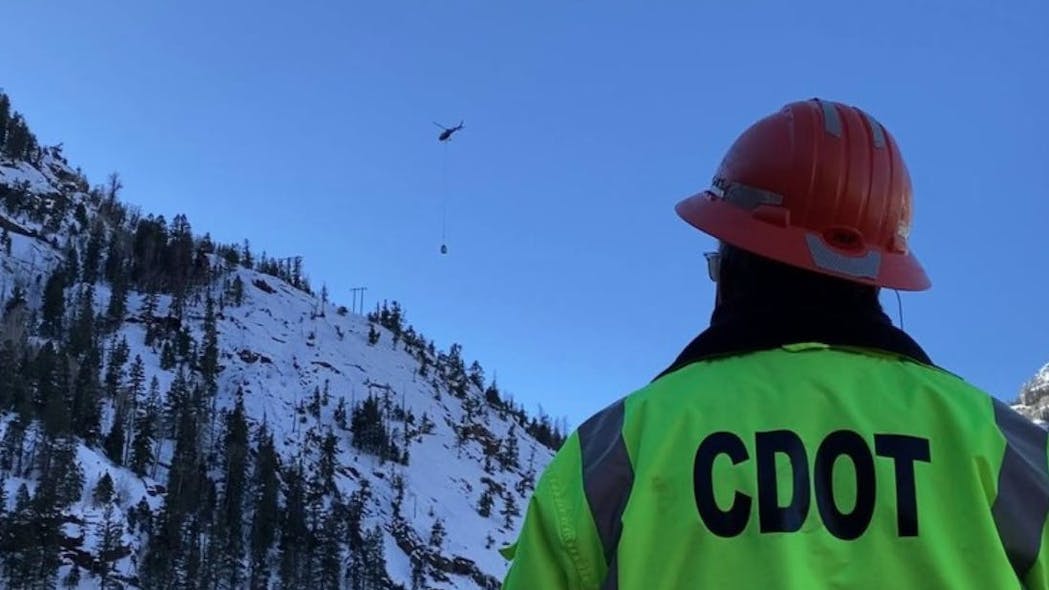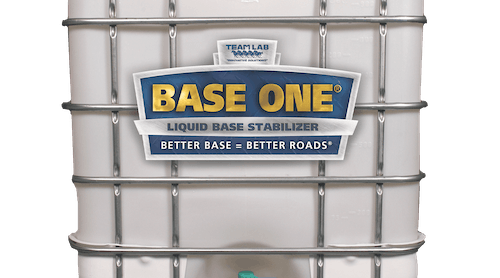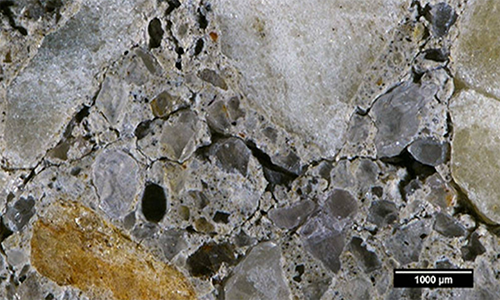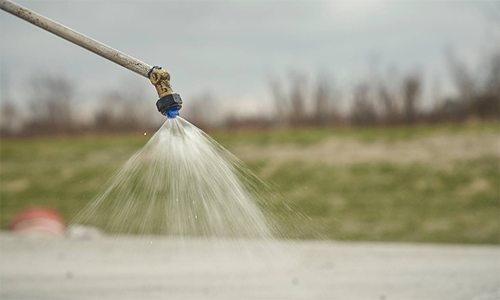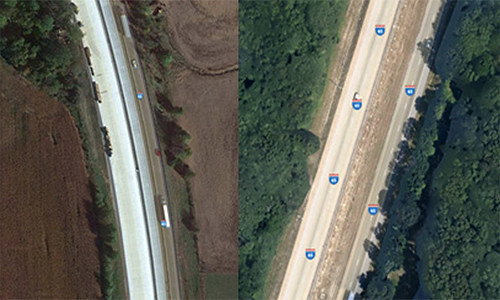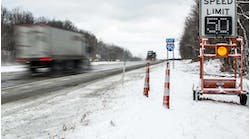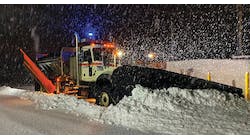The Colorado Department of Transportation (CDOT) has installed and tested new remote-controlled avalanche mitigation equipment above U.S. Highway 550 on Red Mountain Pass, between Silverton and Ouray.
“Our specially trained avalanche crews have tested the five new units and we are ready for winter,” said Brian Gorsage, CDOT state avalanche program coordinator, in a statement. “These snow slide paths on Red Mountain are known as frequent offenders. CDOT crews shoot these down many times throughout the winter season. Now with these units permanently installed and pre-loaded on the mountain and ridgelines, operations can take place in the early morning hours before daytime commuter traffic increases, lessening closure impacts for motorists.”
“We look forward to these systems helping our maintenance crews keep Red Mountain Pass passable for local residents and visitors. This advanced technology also means safer operations for our personnel, more efficient missions and reduced durations of roadway closures.” Said Julie Constan CDOT’s southwest regional transportation director, in a statement.
Contractor Geovert installed the high-technology equipment earlier this summer and fall. The project was a unique collaboration between CDOT engineering and maintenance divisions.
Two Gazex units were permanently installed at slide paths on Red Mountain Pass between Silverton and Ouray. The Gazex units will remain in place year-round. Three O’bellx units were also installed at another location on Red Mountain Pass.
The O’bellx base features are fixed and permanent, while the portable units holding the gasses require resetting on site each winter with a helicopter. The systems, remotely controlled with mobile devices like a cell phone or tablet, operate by using compressed air and gasses to create a concussive blast to trigger slides at the top of high-risk avalanche zones. The force of the explosion is directed down toward the snow, producing a purposely triggered avalanche under controlled conditions — a closed highway with no traffic.
Every winter CDOT and the Colorado Avalanche Information Center (CAIC) monitor 522 avalanche paths located above many Colorado highways and I-70. They use explosives or gas-based systems to reduce the hazard in 278 of these paths.
“CAIC and CDOT work together to monitor and plan mitigation missions that ultimately prevent hazardous natural avalanches from impacting public travel,” said CAIC Director Ethan Greene in a statement. “CAIC is staffed with forecasters across the state. These forecasters assess the avalanche conditions and assist CDOT crews with determining when avalanche control operations are required to keep mountain roads safe for residents and other travelers.”
When there is a high risk of avalanche danger, CDOT will close highways at the locations of the avalanche paths in order to conduct avalanche control operations. While the road is closed to public travel, avalanches are triggered. Maintenance crews with heavy equipment then clear the highway of any snow and debris that reached the road. The highway can then be re-opened for safer public travel.
The five remote controlled systems on Red Mountain Pass are the first fixed systems to be installed on U.S. 550. CDOT continues to identify new sites across the state to install permanently fixed units along high mountain highways.
------------------------------------------------------------------------
Source: Colorado Department of Transportation
